BRASIL | IMPERIAL
Algumas peças que retratam histórias reais de pessoal que lutaram e ainda lutam por direitos em nosso país.
Zacimba Gaba era princesa de Cabinda, em Angola, há 300 anos, quando foi capturada e vendida como escrava para o Brasil. O fazendeiro português José Trancoso arrematou Zacimba, no Porto da Aldeia de São Matheus, na Capitania do Espírito Santo, com mais uma dúzia de negros escravizados de Angola.
Durante anos Zacimba foi cruelmente castigada por não aceitar atender os desejos do fazendeiro. Um dia, ela foi arrastada da senzala até à Casa Grande, onde foi interrogada pelo senhor, que queria saber se era verdade o boato que se espalhava por todos os lugares de que ela era uma princesa.
Depois de dias e muitas chibatadas, ela confessou sua verdadeira identidade: Zacimba Gaba, princesa da nação de Cabinda. E foi estuprada depois disso.
Localizada na baía do mesmo nome, na costa oeste da África, em Angola, Cabinda teve sua população quase que dizimada, com seus homens e jovens aprisionados e mandados como escravos para o Brasil, durante duzentos anos.
Zacimba Gaba was princess of Cabinda, Angola, 300 years ago, when she was captured and sold as a slave to Brazil. The Portuguese farmer José Trancoso finished off Zacimba, in the Port of Aldeia de São Matheus, in the Captaincy of Espírito Santo, with another dozen enslaved blacks from Angola.
For years Zacimba was cruelly punished for not accepting the farmer's wishes. One day, she was dragged from the slave quarters to the Casa Grande, where she was interrogated by the lord, who wanted to know if the rumor that spread everywhere that she was a princess was true.
For years Zacimba was cruelly punished for not accepting the farmer's wishes. One day, she was dragged from the slave quarters to the Casa Grande, where she was interrogated by the lord, who wanted to know if the rumor that spread everywhere that she was a princess was true.
After days and many lashes,
she confessed her true identity: Zacimba Gaba, princess of the nation of Cabinda. And she was raped after that.
she confessed her true identity: Zacimba Gaba, princess of the nation of Cabinda. And she was raped after that.
Located in the bay of the same name, on the west coast of Africa, in Angola, Cabinda had its population almost decimated, with its men and young people imprisoned and sent as slaves to Brazil for two hundred years.
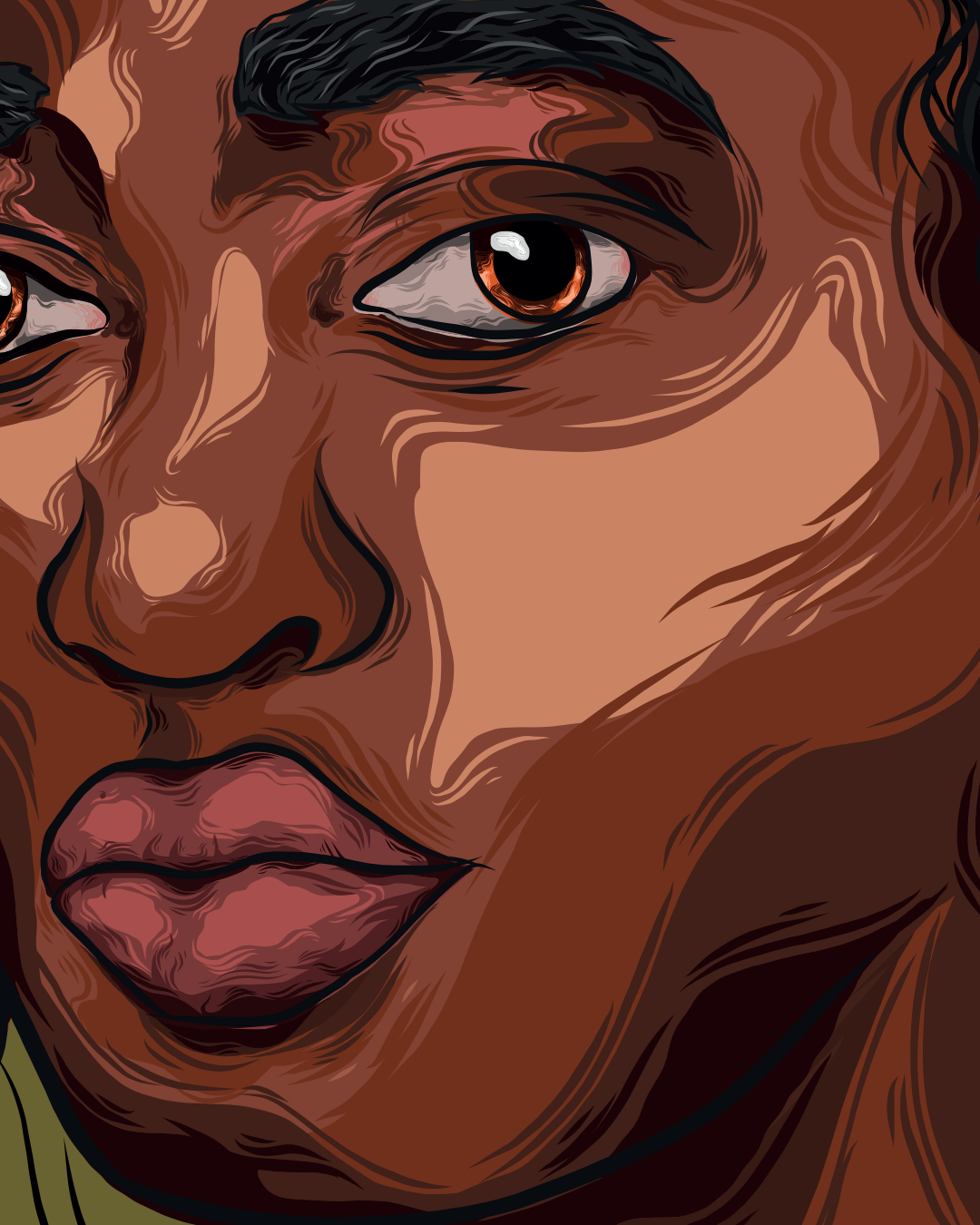
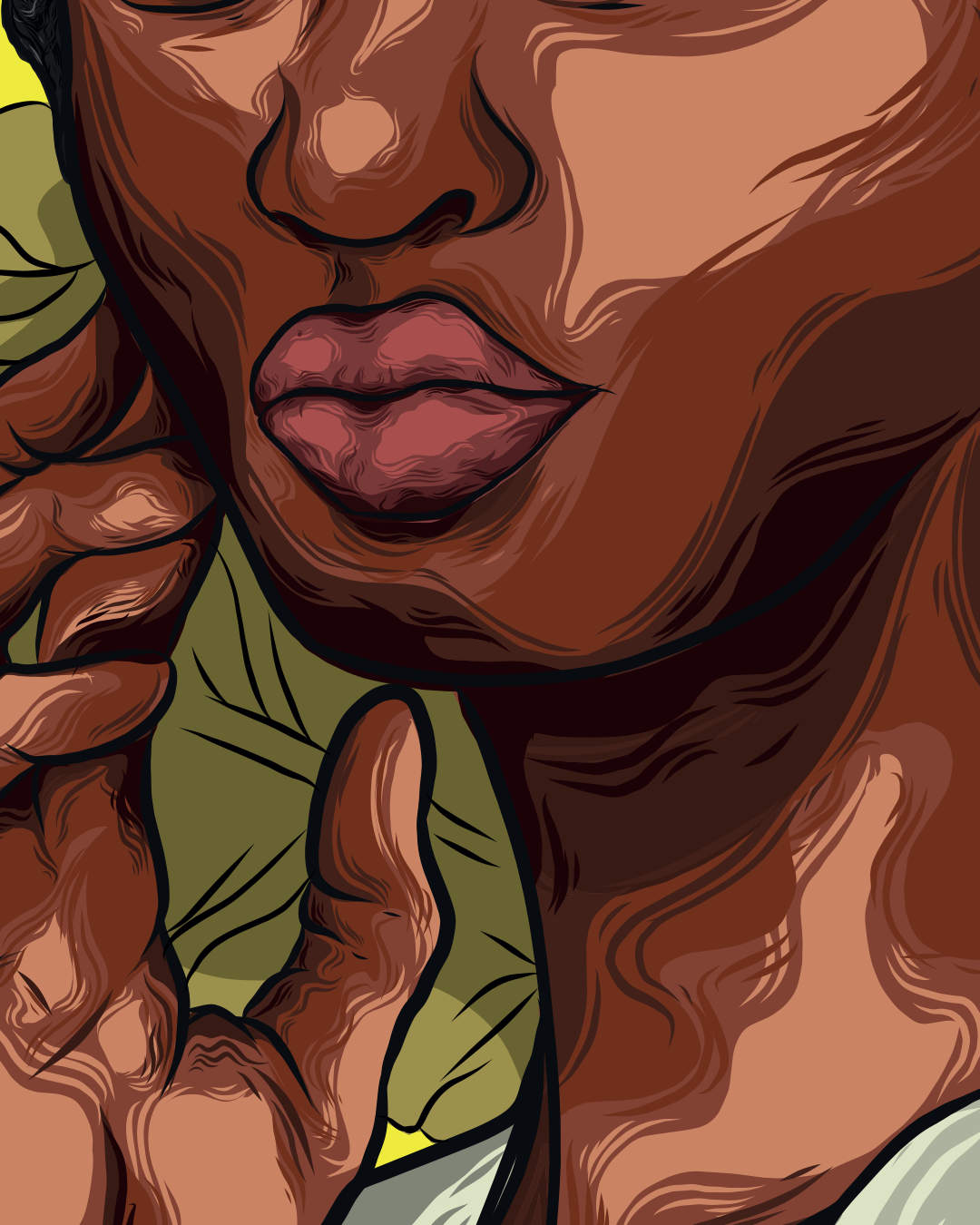
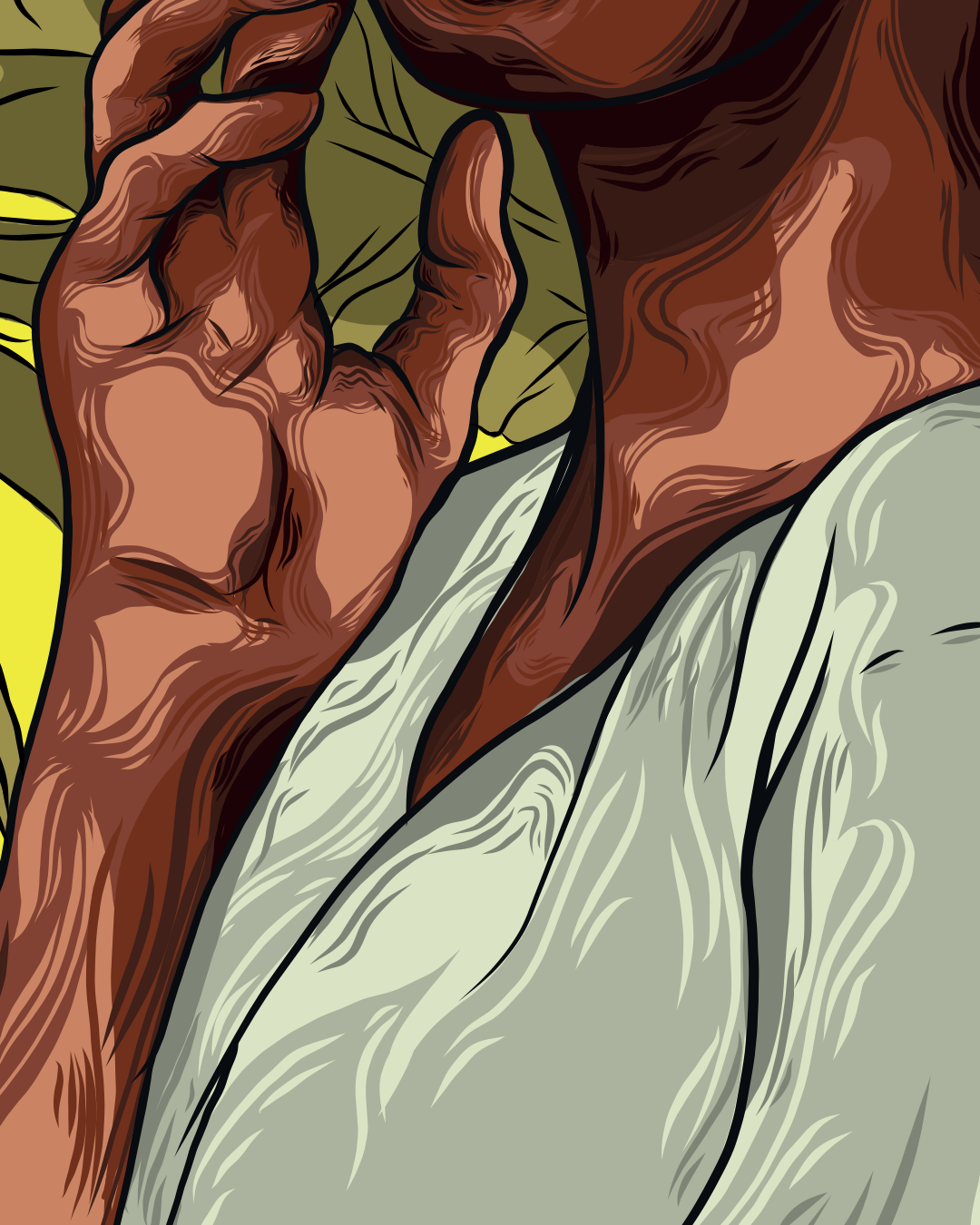

indígenas integrados à colônia portuguesa e depois ao império brasileiro eram, grosso modo, negligenciados em nossa historiografia, apesar da farta documentação que evidencia sua significativa presença nas sociedades colonial e imperial nas mais diversas regiões do Brasil. Nas últimas décadas, as novas concepções teóricas da História e da Antropologia, que repensam e complexificam alguns conceitos básicos para o estudo das relações de contato entre os índios e as sociedades envolventes, tais como cultura e etnicidade, têm possibilitado um novo olhar dos pesquisadores sobre a documentação a respeito dos índios.
Ao invés de vítimas passivas de um processo de perdas culturais sucessivas que os conduzia inevitavelmente à extinção étnica e cultural, os indígenas inseridos no império colonial português e, mais tarde, no império brasileiro podem ser vistos como agentes sociais ativos neste processo.
Ao invés de vítimas passivas de um processo de perdas culturais sucessivas que os conduzia inevitavelmente à extinção étnica e cultural, os indígenas inseridos no império colonial português e, mais tarde, no império brasileiro podem ser vistos como agentes sociais ativos neste processo.
Indigenous people integrated into the Portuguese colony and later into the Brazilian empire were, by and large, neglected in our historiography, despite the abundant documentation that evidences their significant presence in colonial and imperial societies in the most diverse regions of Brazil. In the last decades,
the new theoretical conceptions of History and Anthropology, which rethink and complicate some basic concepts for the study of the contact relations between the Indians and the surrounding societies, such as culture and ethnicity, have allowed researchers to take a new look at the documentation on the subject. of the Indians.
Instead of passive victims of a process of successive cultural losses that inevitably led them to ethnic and cultural extinction, the indigenous people inserted in the Portuguese colonial empire and, later, in the Brazilian empire can be seen as active social agents in this process.
the new theoretical conceptions of History and Anthropology, which rethink and complicate some basic concepts for the study of the contact relations between the Indians and the surrounding societies, such as culture and ethnicity, have allowed researchers to take a new look at the documentation on the subject. of the Indians.
Instead of passive victims of a process of successive cultural losses that inevitably led them to ethnic and cultural extinction, the indigenous people inserted in the Portuguese colonial empire and, later, in the Brazilian empire can be seen as active social agents in this process.
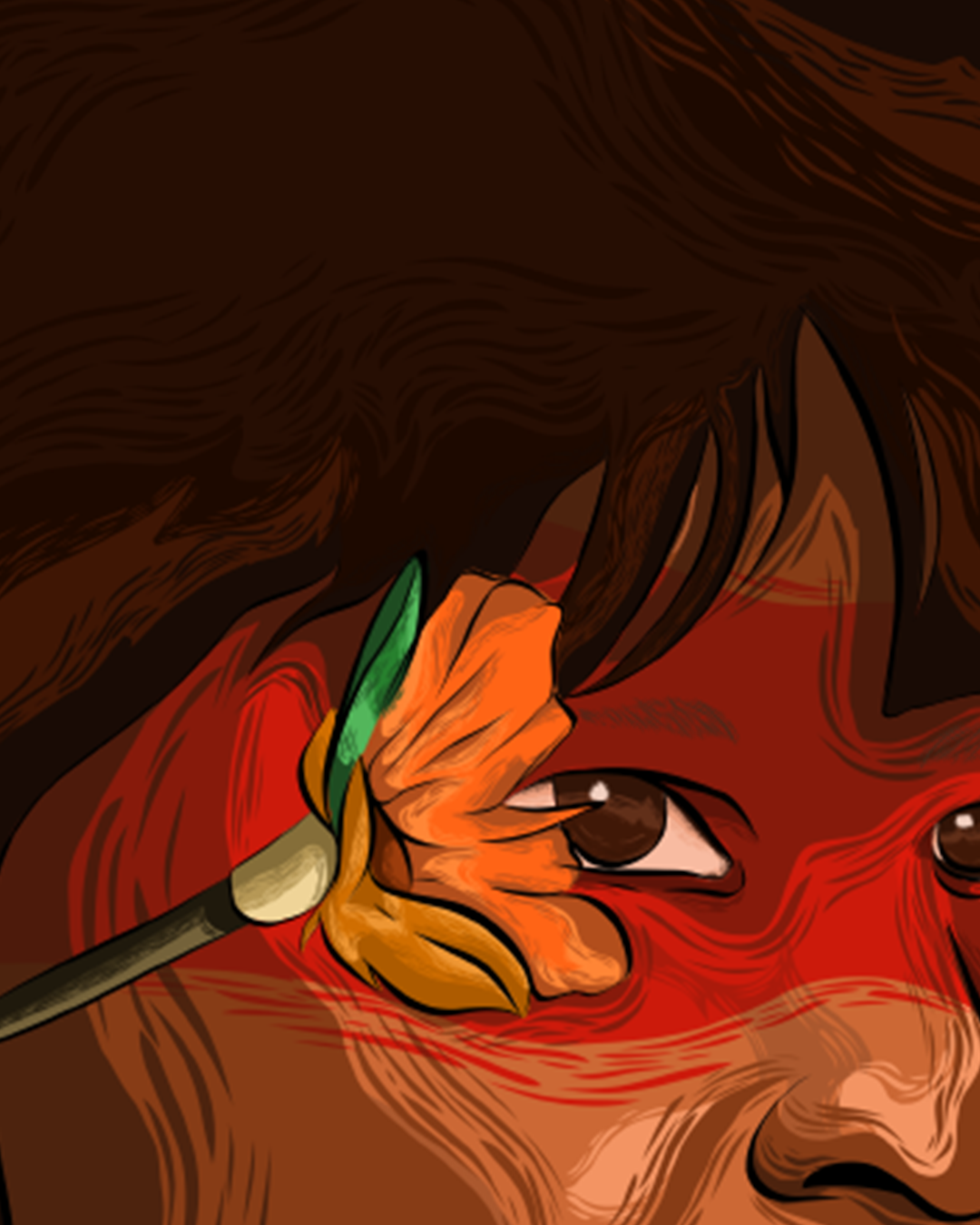

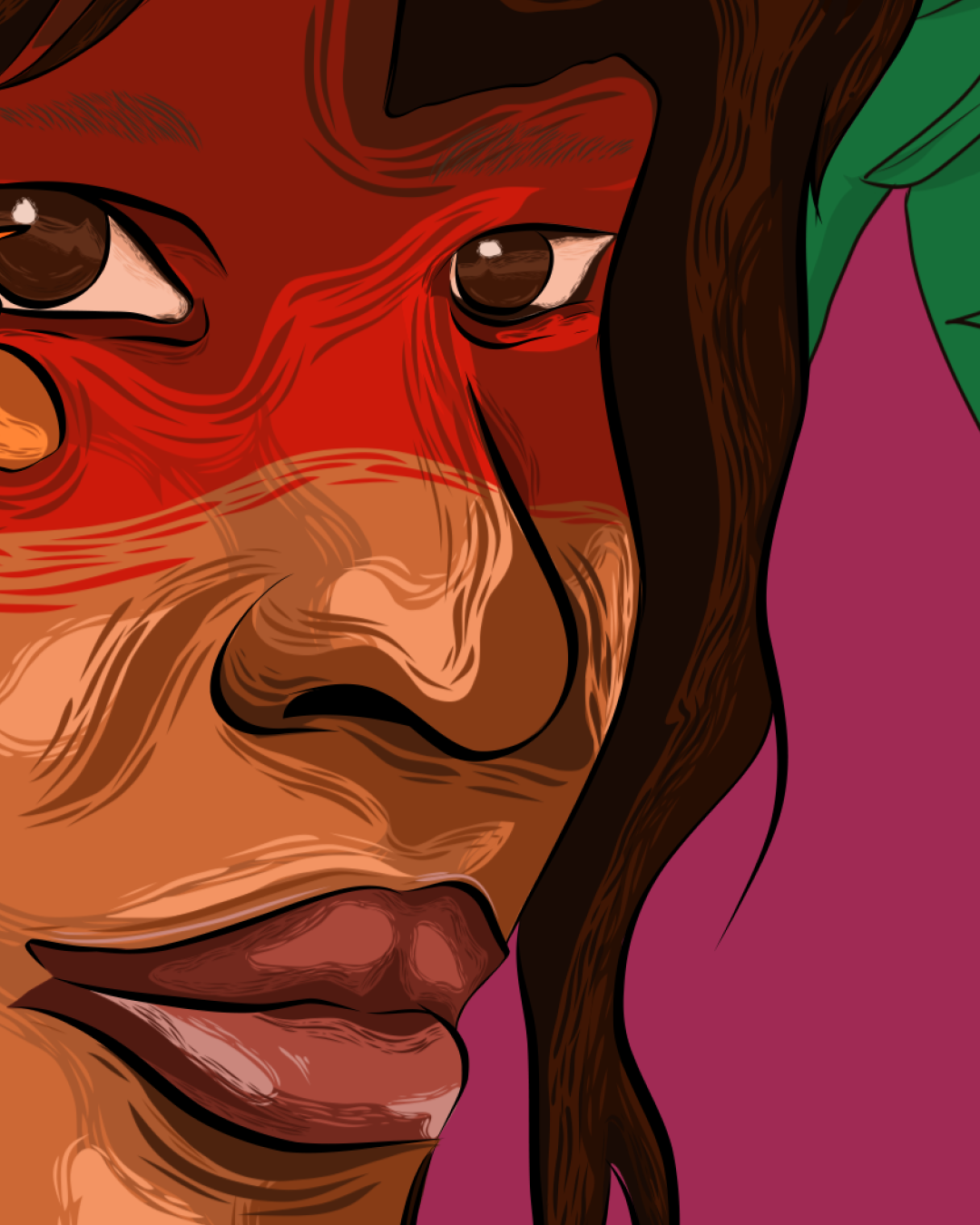


Luís Gama foi um dos principais abolicionistas do brasil oitocentrista, sendo uma importante figura em defesa da abolição da escravidão exercendo sua profissão de advogado. Libertando muitos escravos, Luís Gama se tornou um nome com grande reconhecimento por sua luta para o fim da escravatura, sendo conhecido até os dias de hoje como "O Advogado dos Escravos".
Luís Gama was one of the main abolitionists of nineteenth-century Brazil, being an important figure in defense of the abolition of slavery, exercising his profession as a lawyer. Freeing many slaves, Luís Gama became a name with great recognition for his fight for the end of slavery,
being known to this day as "The Slave Lawyer".
being known to this day as "The Slave Lawyer".
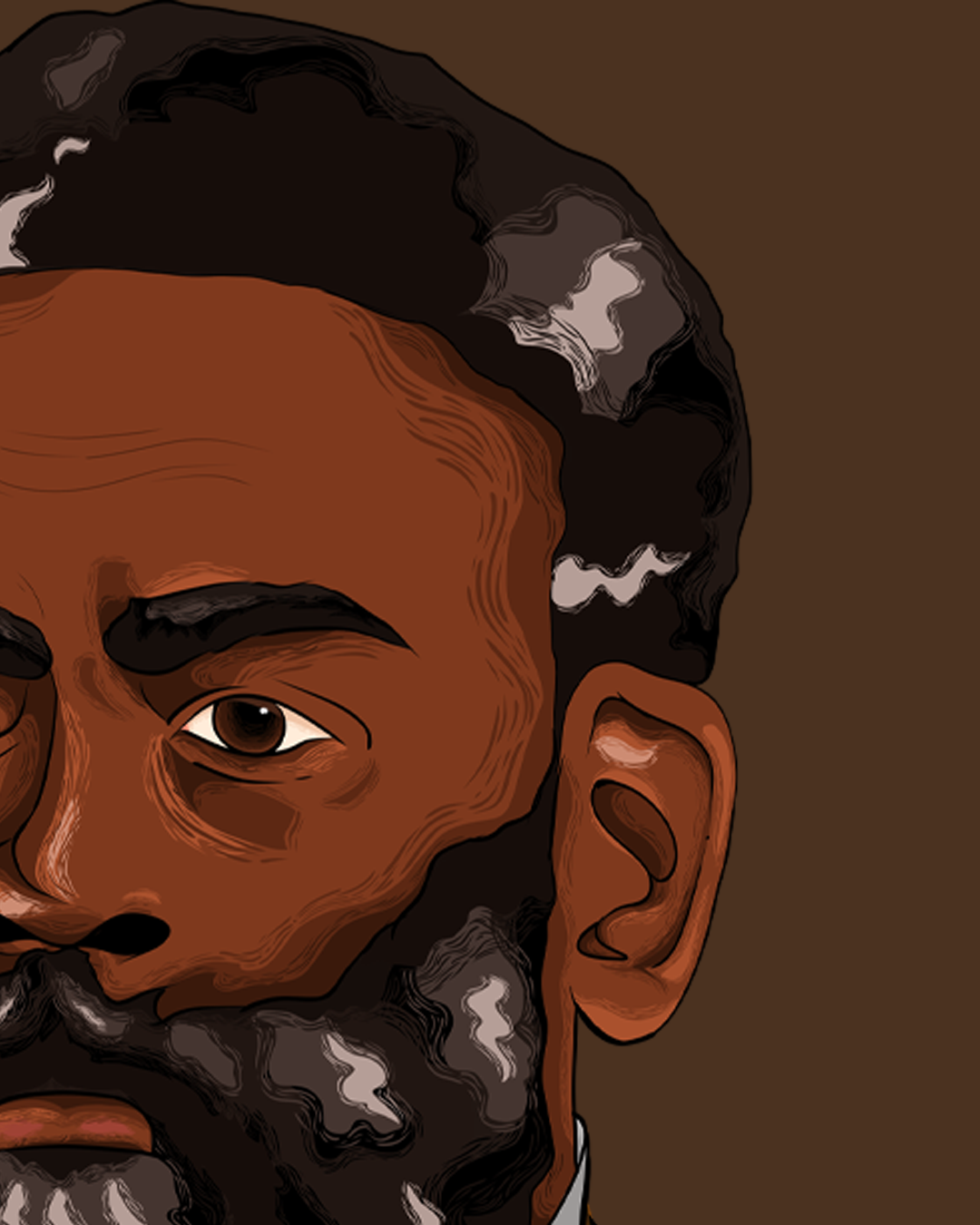
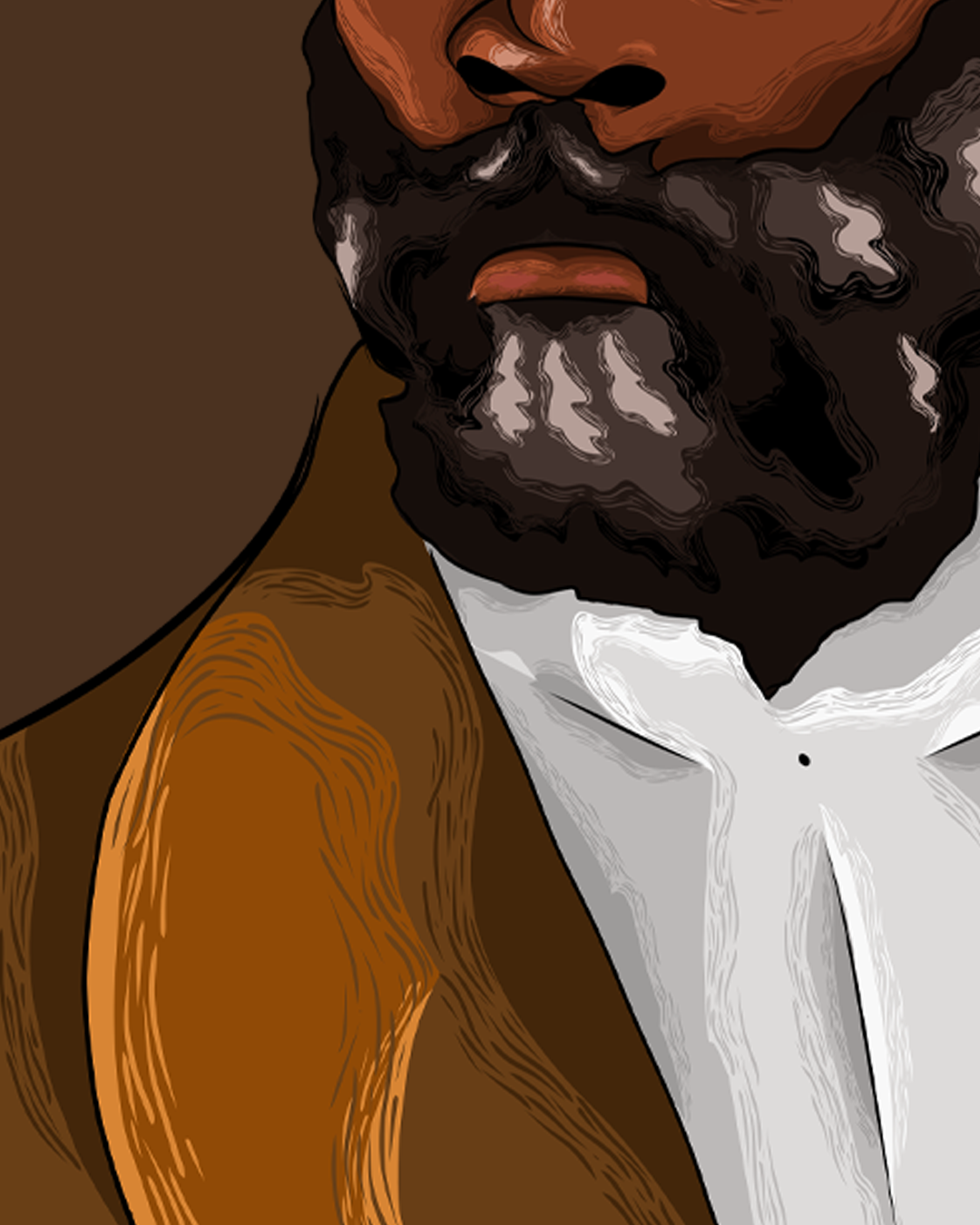
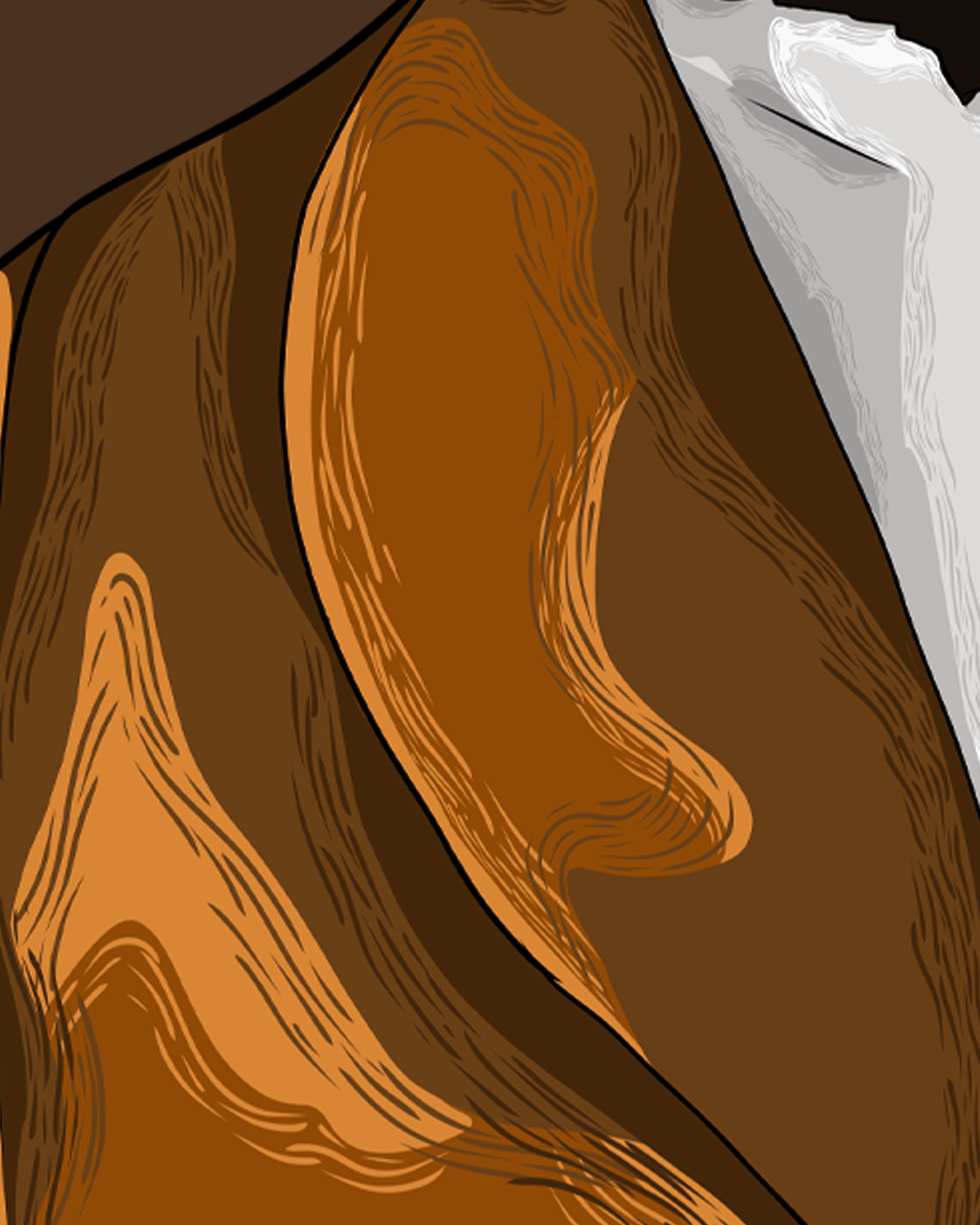
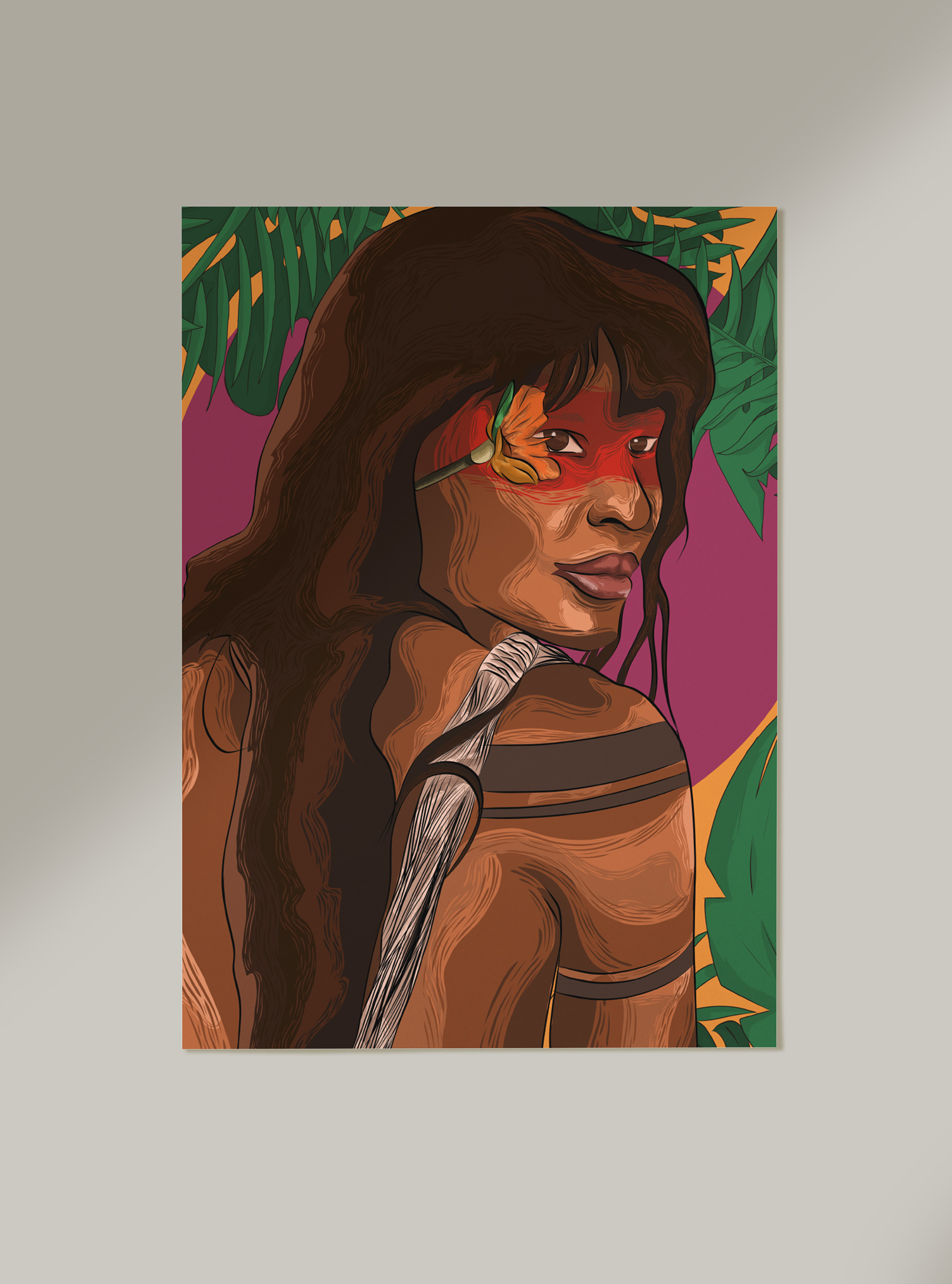
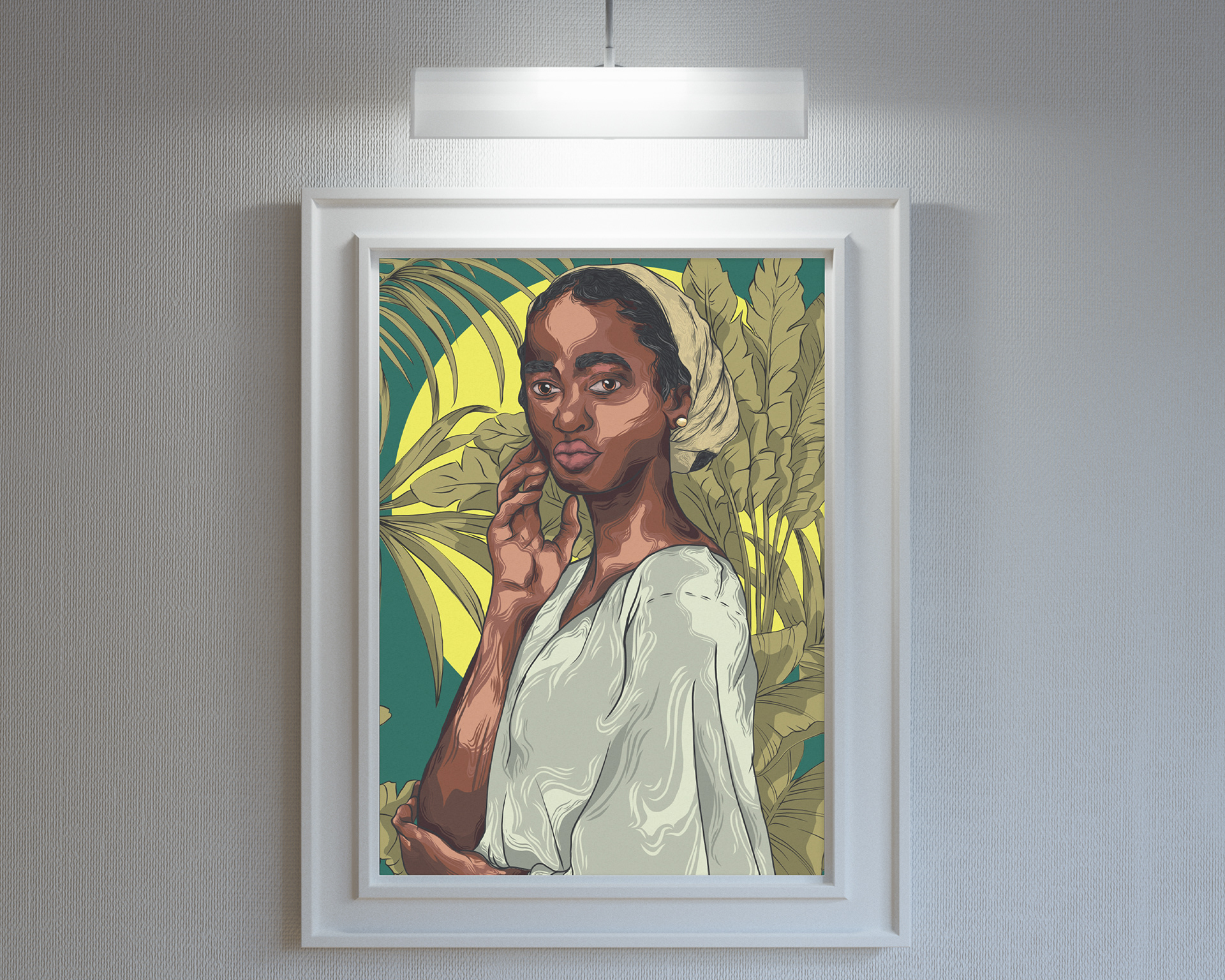
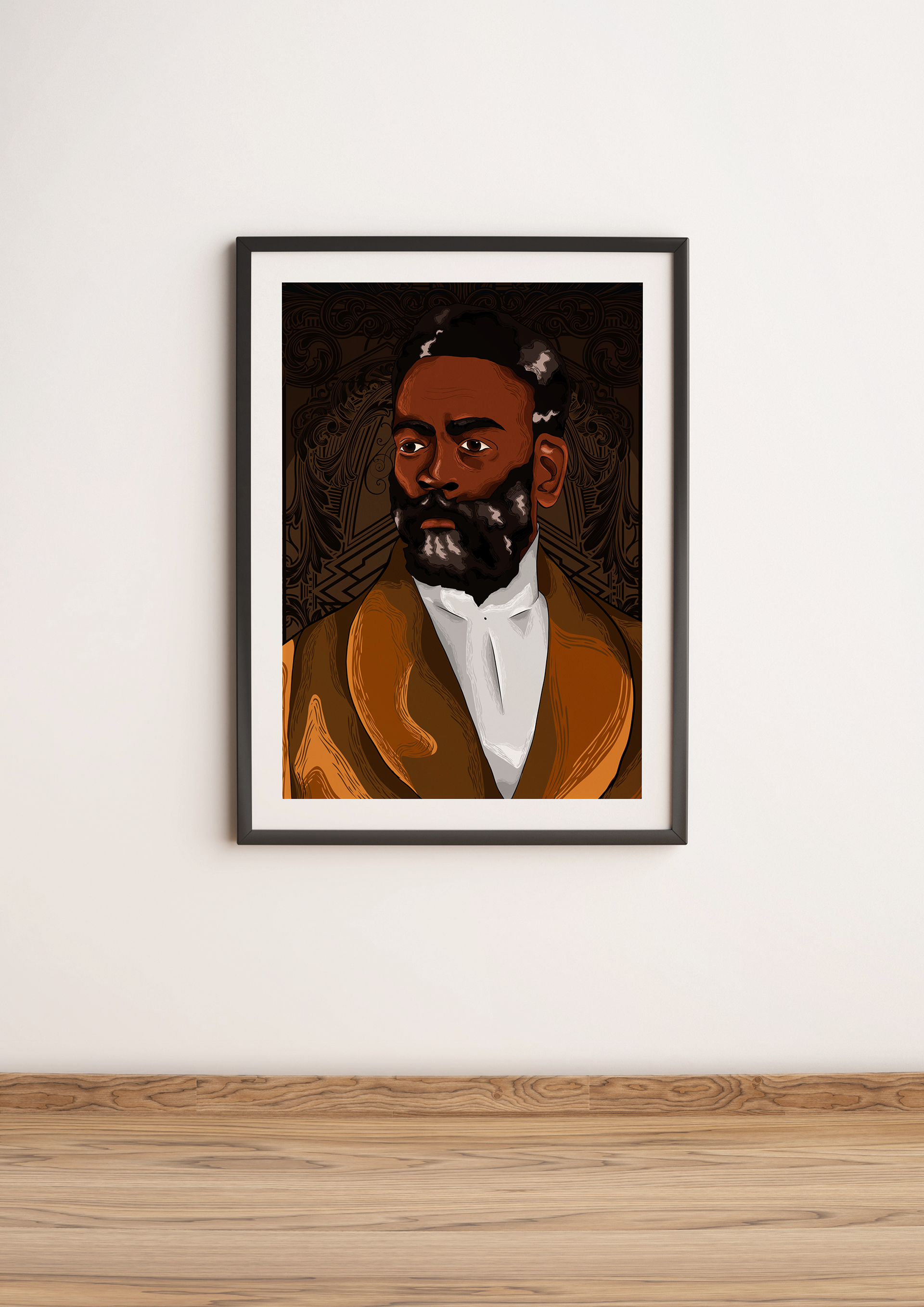
Thanks for Watching
